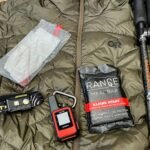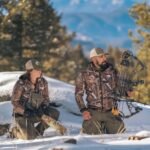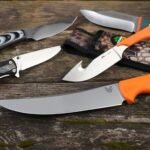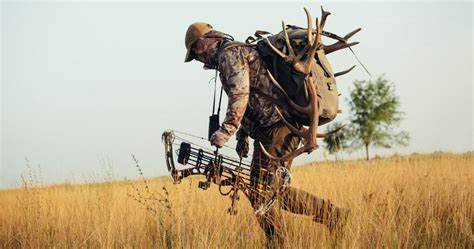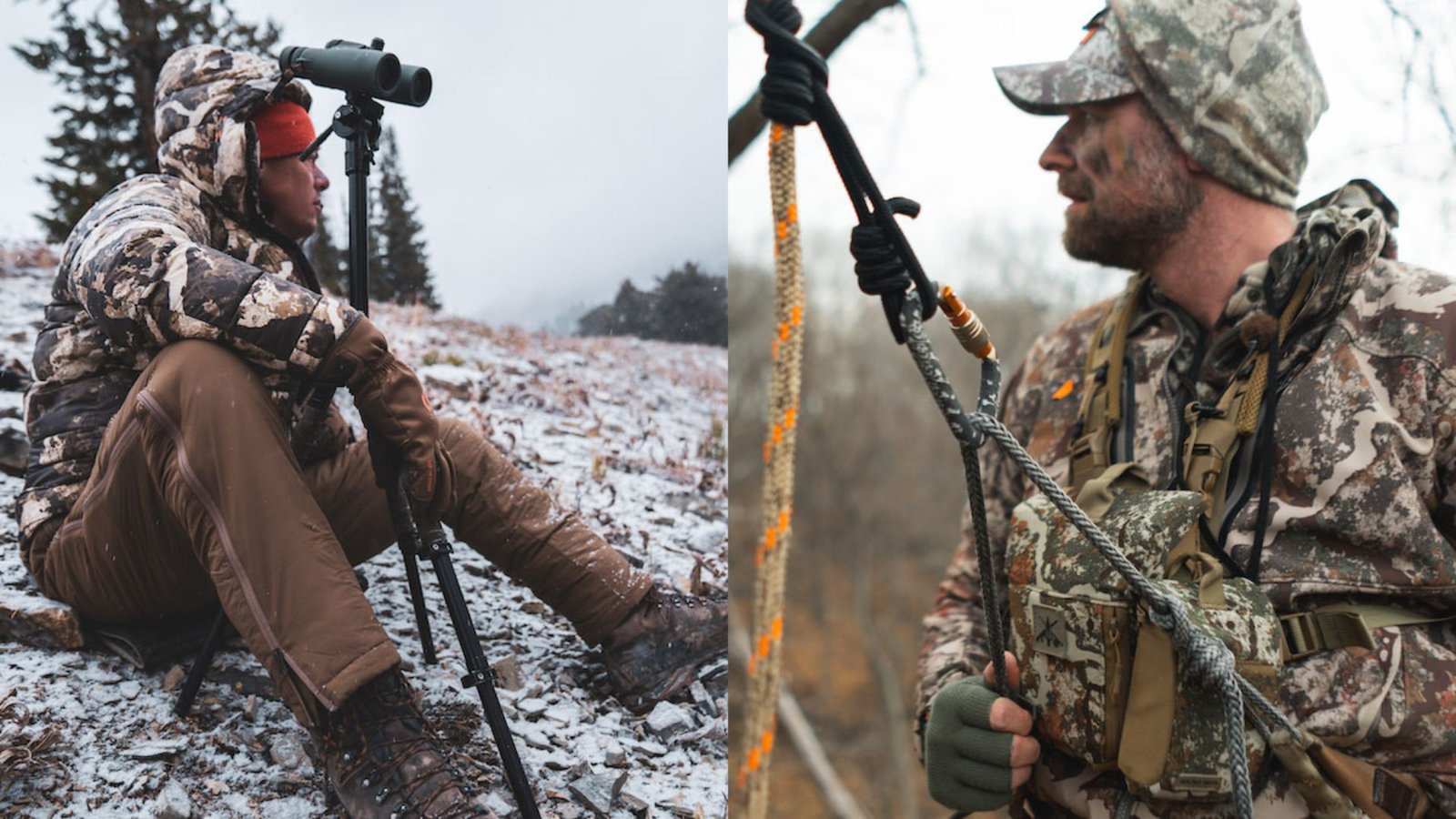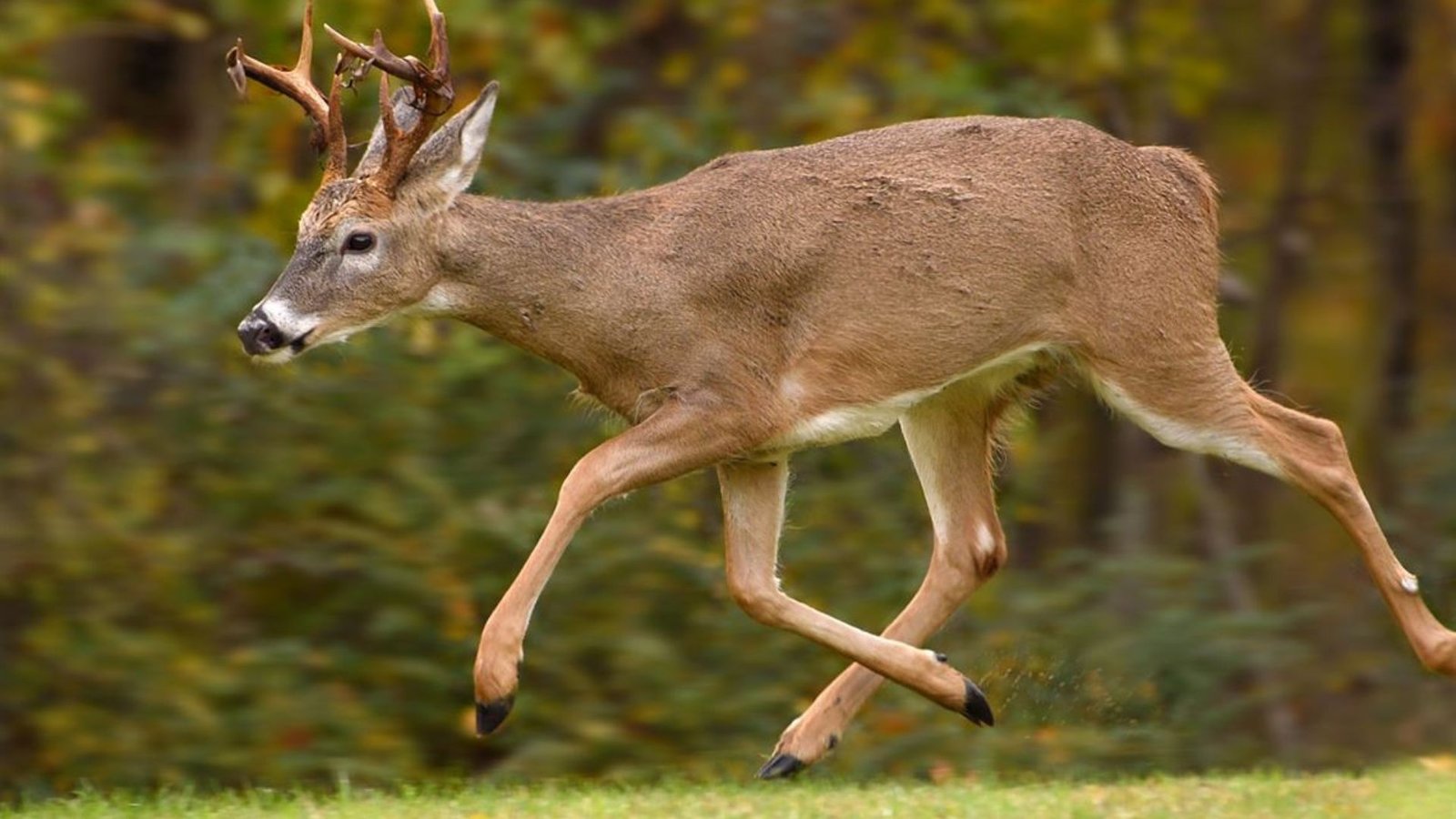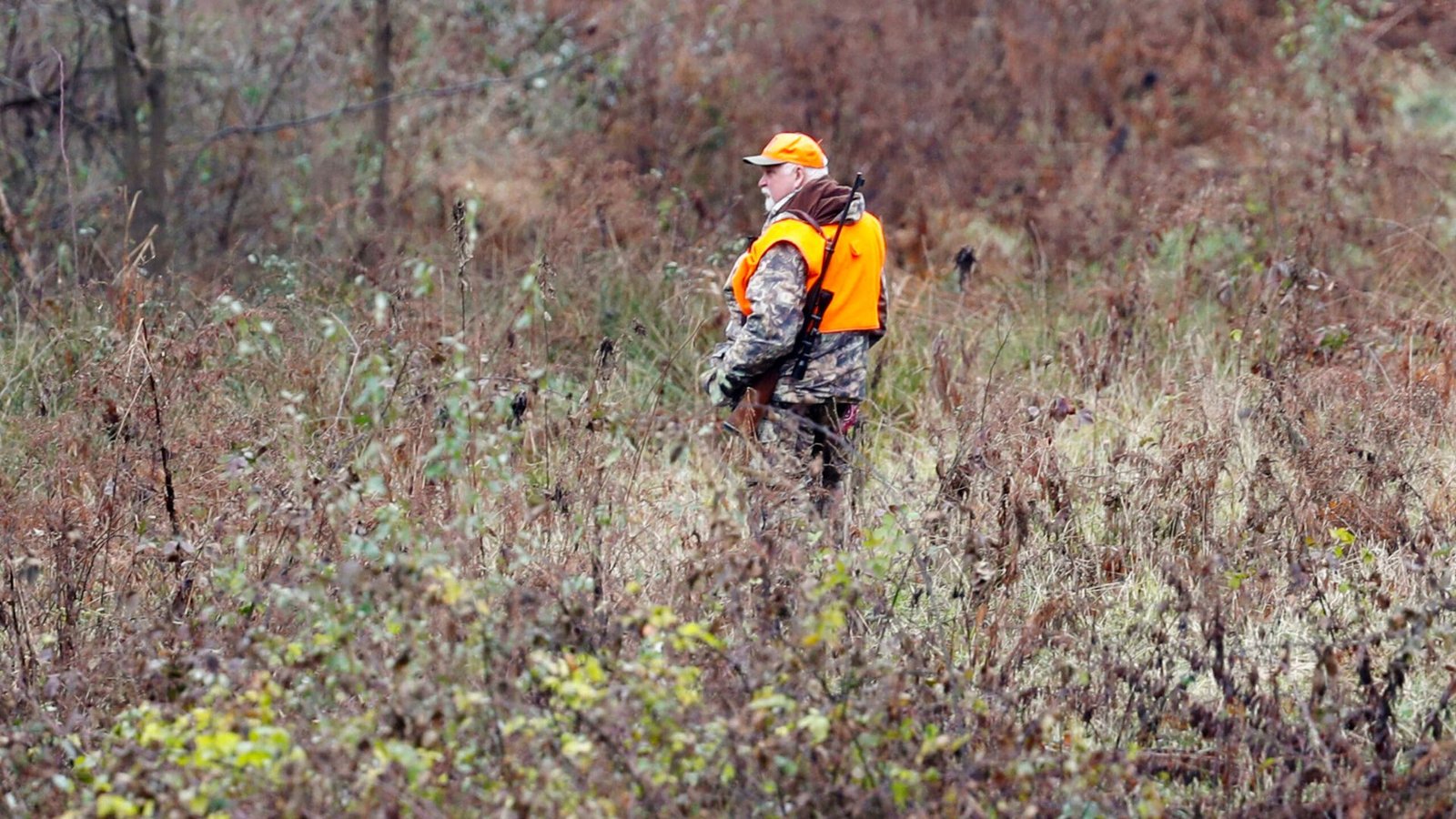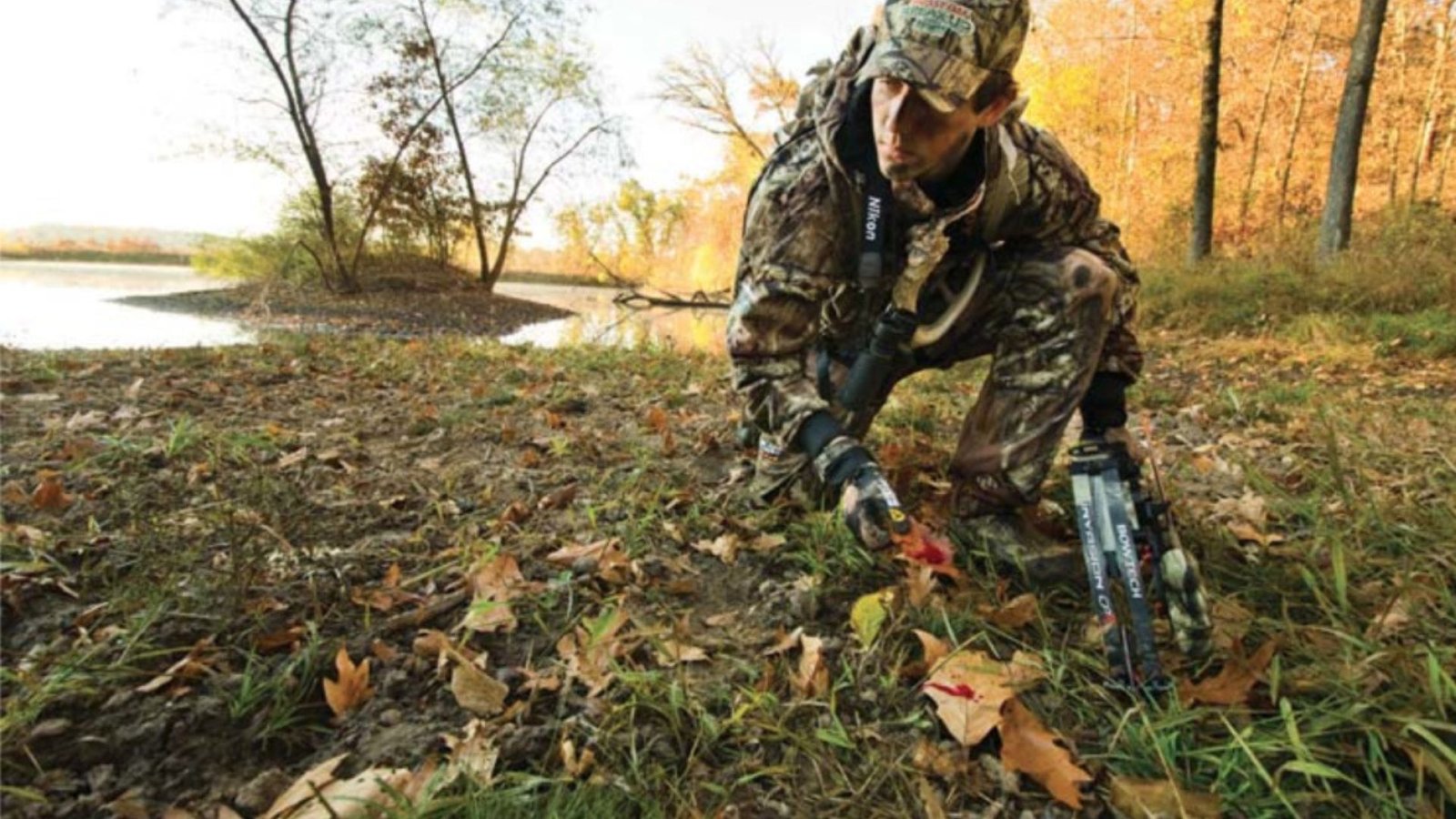Tracking deer is an essential skill for any hunter, requiring patience, observation, and knowledge. Here’s a beginner’s guide to help you get started.
1. Learn to Identify Deer Tracks
Deer tracks are the most common signs you’ll encounter:
- Shape: Look for a heart-shaped track with a pointed front.
- Size: Adult deer tracks are usually 2 to 3 inches long.
- Stride: A deer’s walking stride is typically around 18 to 24 inches.
2. Recognize Other Signs of Deer Presence
Tracks aren’t the only clues:
- Droppings: Fresh droppings are moist and dark, while older ones are dry and crumbly.
- Rub Marks: Deer rub their antlers against trees, leaving visible scratches.
- Trails: Look for well-worn paths through vegetation.
3. Track at the Right Time
Certain times are better for tracking deer:
- Morning and Evening: Deer are most active during these hours.
- After Rain: Wet ground preserves tracks better, making them easier to spot.
4. Stay Downwind
Avoid alerting the deer to your presence:
- Wind Direction: Always position yourself downwind of the trail.
- Scent Control: Use scent-masking sprays and avoid strong-smelling products.
5. Follow the Trail Carefully
Avoid spooking the deer while tracking:
- Move Quietly: Step slowly and avoid snapping branches.
- Look Ahead: Spot signs of the deer’s movement before approaching.
- Take Your Time: Rushing increases the risk of mistakes.
6. Identify Bedding and Feeding Areas
Understanding deer behavior improves tracking success:
- Bedding Areas: Look for flattened grass or leaves in secluded spots.
- Feeding Areas: Focus on fields, orchards, or areas with abundant food sources.
7. Use Deer Tracks to Gauge Information
Tracks can reveal valuable details:
- Age: Deep, well-defined tracks indicate recent activity.
- Health: Limping tracks or uneven strides might indicate injury or poor health.
- Size: Larger tracks often belong to bucks.
8. Practice Tracking in Snow
Snow offers unique advantages:
- Fresh Tracks: Snow makes it easy to identify recent movement.
- Direction: Follow the path to determine where the deer is heading.
- Depth: Deep impressions might indicate heavier, larger deer.
9. Leverage Technology for Assistance
Modern tools can aid your tracking efforts:
- GPS Apps: Use hunting apps to mark trails and record findings.
- Trail Cameras: Monitor deer activity and confirm patterns.
- Binoculars: Spot trails or movement from a distance.
10. Handle Lost Trails Like a Pro
Losing a trail is common, but it doesn’t mean the hunt is over:
- Recheck Clues: Return to the last confirmed track and scan the area.
- Widen Your Search: Look for signs in a larger radius.
- Be Patient: Deer often circle back to familiar paths.
Conclusion
Deer tracking is an art that takes time and practice to master. By learning to identify tracks, understanding deer behavior, and using the right tools, you can improve your tracking skills and increase your hunting success. Stay patient, remain observant, and respect the natural environment to make the most of your tracking experience.



